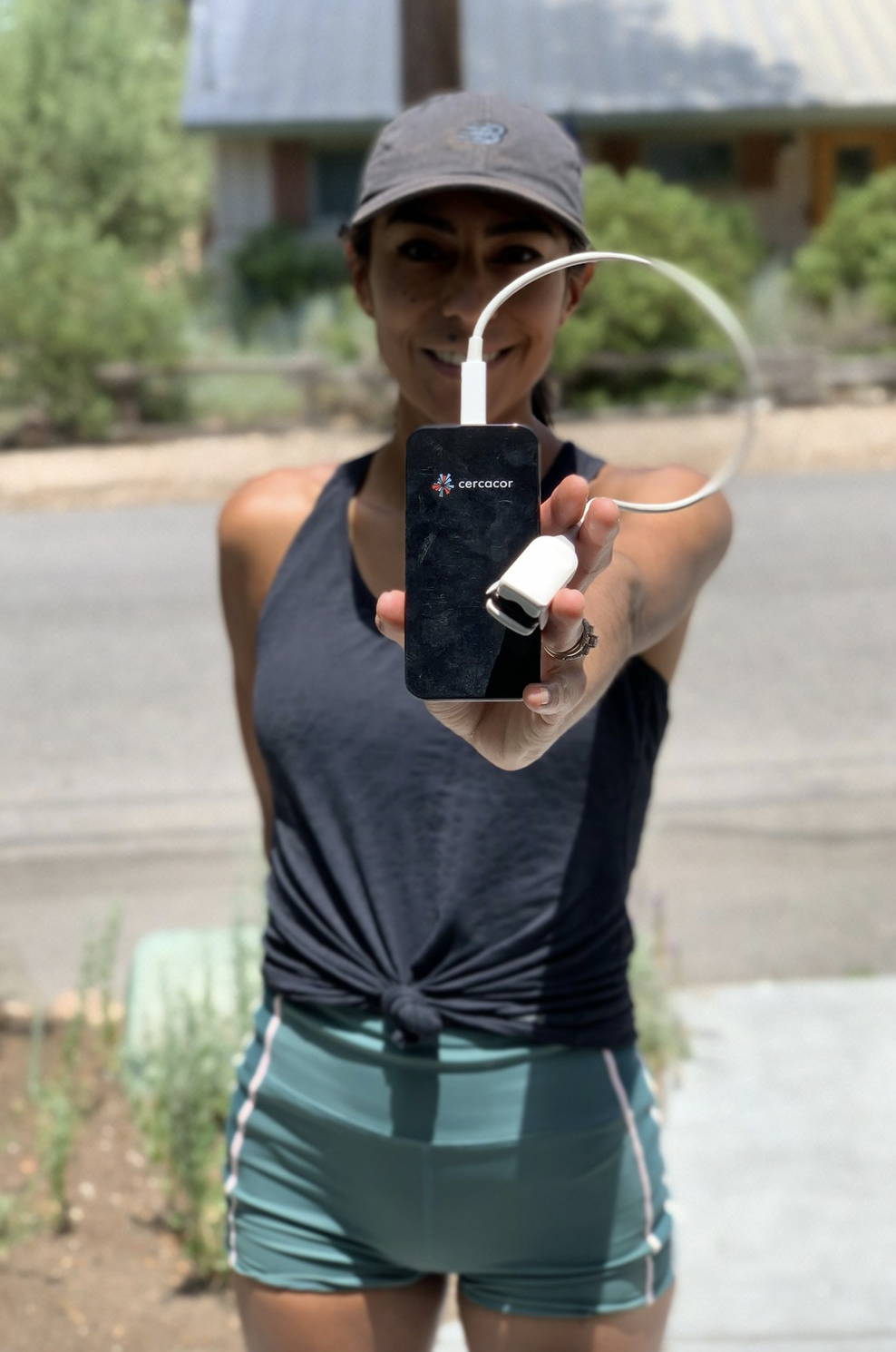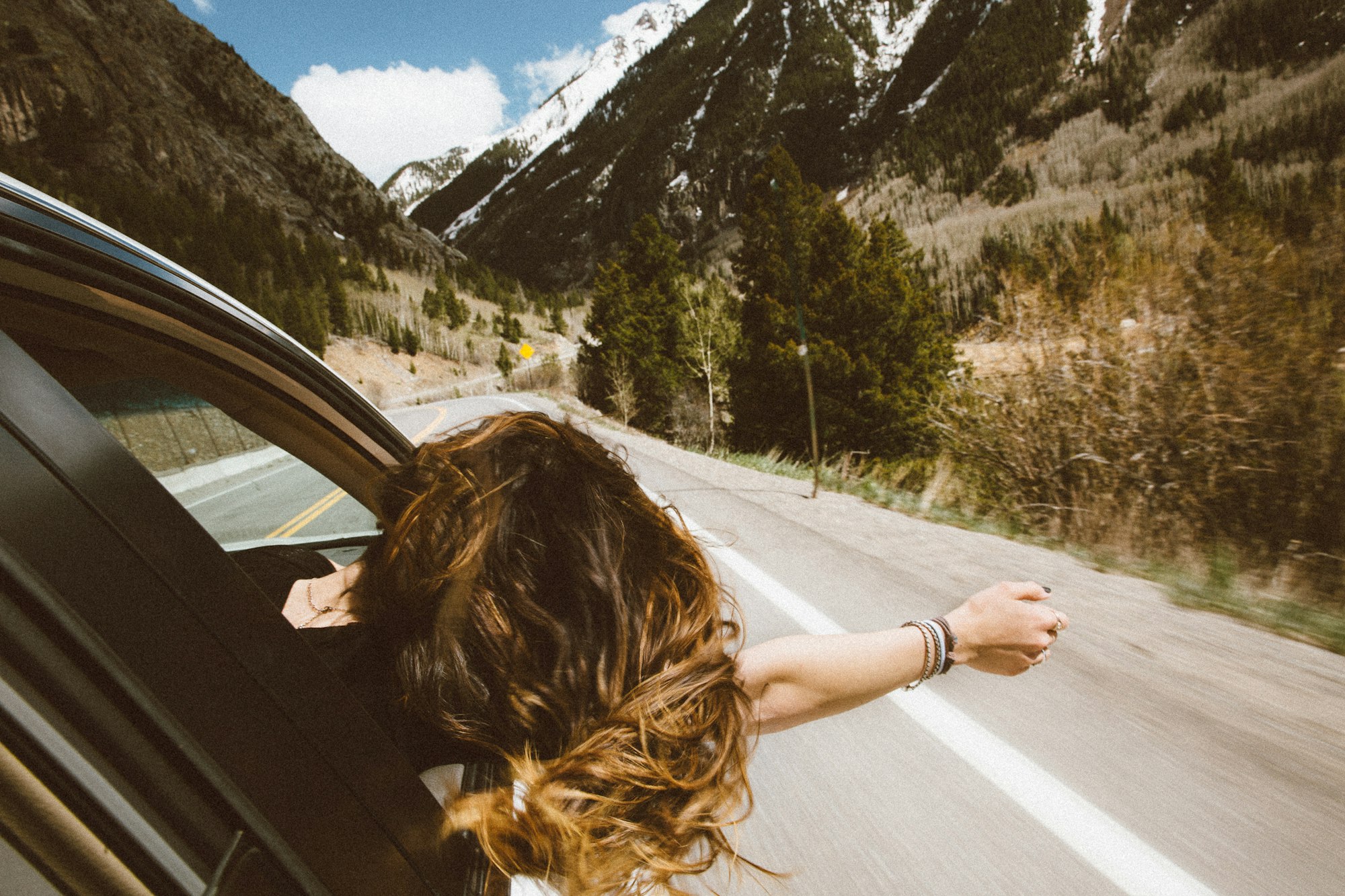By Brenda Martinez
Had I known that quarantine would go on so long, or come back for a second surge, I certainly would have visited my family, down in Rancho Cucamonga, a few more times before this lost summer of 2020. I live in Big Bear Lake, California, by all respects a heaven for run training due to the elevation and community, but I miss my family—the last time I was able to see them was in February. Athletes, as with many other workers in the economy, have seen our jobs change dramatically this year: I no longer descend to sea level for high intensity sessions, and I’ve constrained all of my running to a two-and-a-quarter-mile loop near my house in order to limit contact with my community. The biggest change, employment-wise, is of course the postponement of the Tokyo Olympic Games. That loss is a sadness for me and many other athletes, but I believe it is the correct decision, especially as the virus roars back across the United States this month. Athletes traveling around the world to one location could spell disaster for public health and for those individual athletes. It’s difficult and disappointing, but that’s simply another aspect of training and racing full time: we know full well those emotions and know how to handle them. I wish the best for those athletes out there struggling and hope for the safety of everyone.
With my competition season on hold, I find myself in a conundrum: do I train at all and, if I do, at what effort? Or call it for this year, get some rest, and focus on getting back to where I was pre-covid for 2021? At the moment, I’m continuing to train in case the pandemic eases, focusing on limiting my contact with others as much as possible. Big Bear Lake as a community has really helped, too, supporting me by coming out onto their decks to wave as I run past, or cheering me on mid-session. I’ve noticed a greater amount of friendliness during the pandemic, which is perhaps a silver lining. It’s been hard to perform 100% of my workouts at altitude, but I’m trying to take a positive approach to that, too: maybe the increased difficulty will translate into additional mental toughness during future competitions? The best we can do right now is to find the positive in a hard situation. I don’t know if I’ll race officially this year, but even if everything gets cancelled, I plan to run some time trials later this fall.

As far as my training goes, many adjustments have been made but my Ember parameters are very close to baseline if not better. It’s odd that something I had lying around the house can tell me if I am at risk or have been exposed to Covid-19, but I’m looking at that as some good news. My Ember is noninvasive and delivers hospital-grade accuracy in minutes. It measures ten parameters: hemoglobin (Hgb), pulse rate (PR), pulse rate variability (PRV), perfusion index (PI), respiration rate (RR), pleth variability index (PVI), oxygen saturation (SpO2), oxygen content (OC), carboxyhemoglobin (CO), and methemoglobin (Met). Oxygen saturation, useful for several athletic applications, can also provide an early warning system for the Coronavirus, it turns out. Normal oxygen saturation sits around 95-100%, and anything below 90% is dangerously low. Many COVID-19 patients display low levels, so using an Ember to track that value can give you an idea if you have contracted the virus. These days, anything that can give you information and limit your contact with others is welcome, and I’m grateful I have been using an Ember for some time now.





